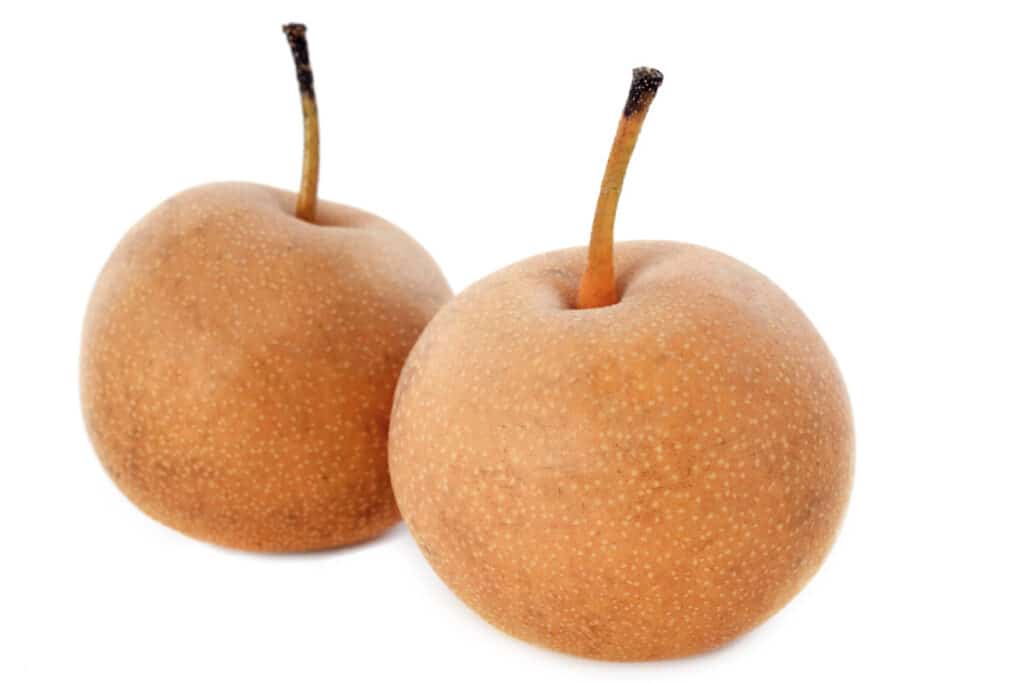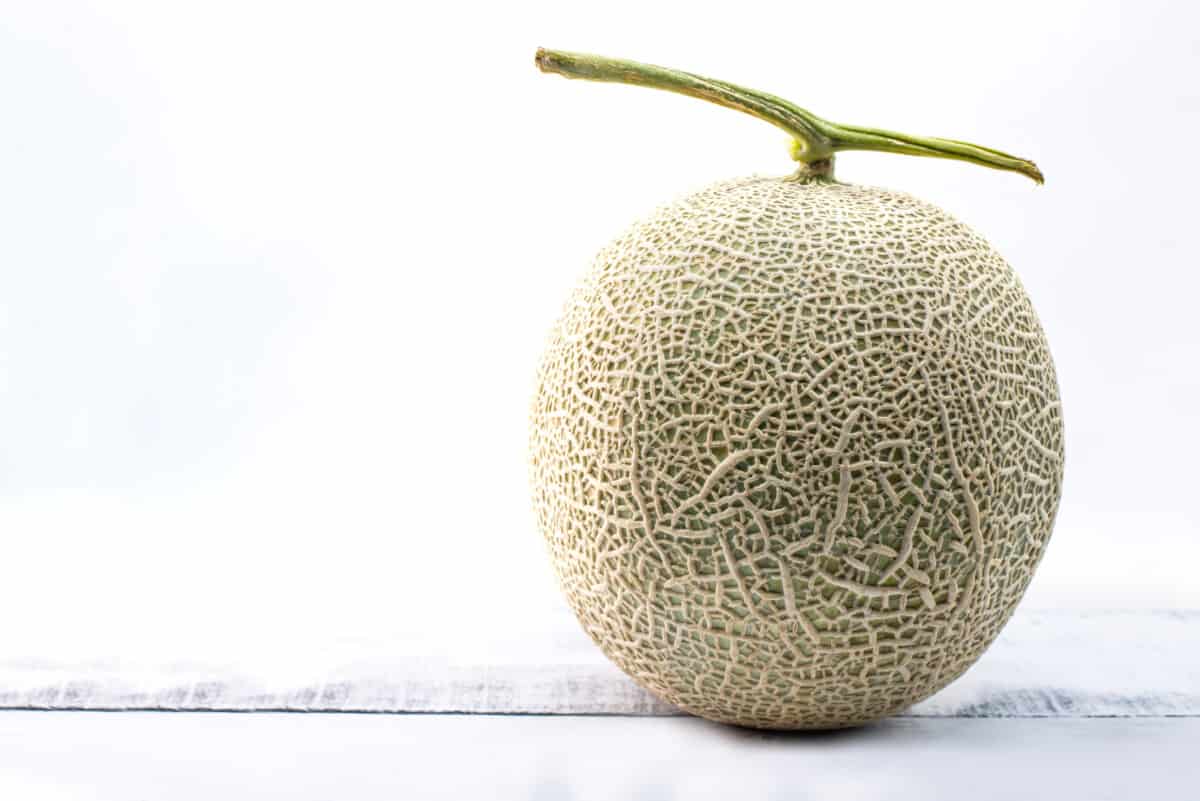In Japan, a vast range of fruits are cultivated, some of which have been imported from other countries and are recognizable to tourists, but many are native to Japan and are less recognized outside of Japan.
Fruits commonly found in Japan are eaten as desserts and some of the more expensive varieties are given as gifts to guests or on special occasions
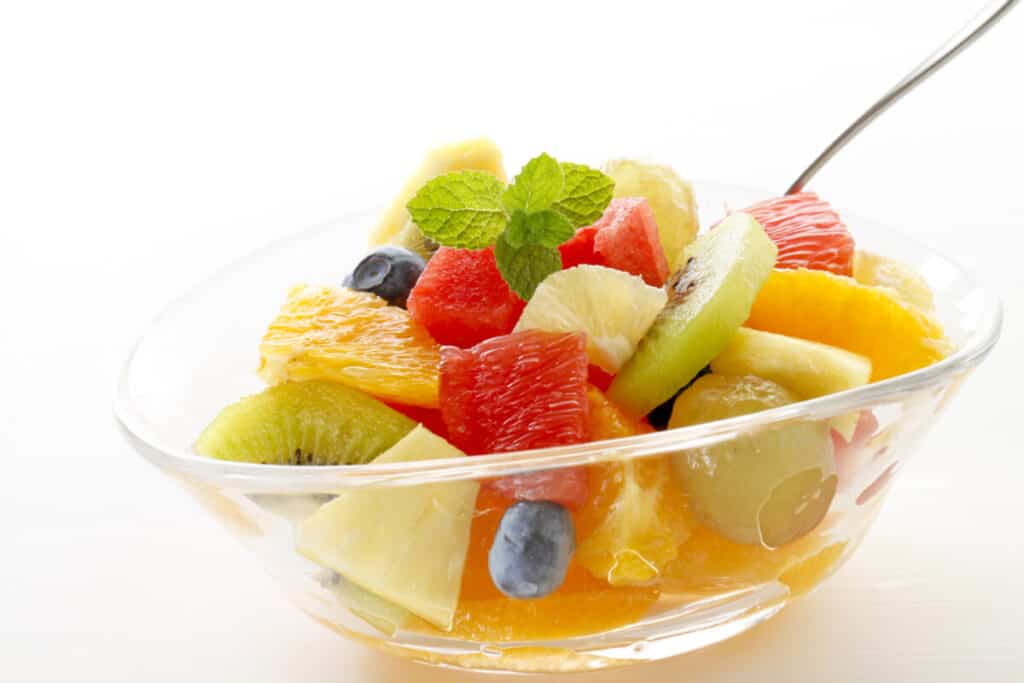
Setoka
Setoka is a seedless, very sweet Japanese citrus fruit that is a tangor, a hybrid of the Murcott tangor with “Kuchinotsu,” which is a hybrid of the Kiyomi tangor and a King tangor/ mandarin cross. In February, the fruit ripens. Setoka is delightful aromatic citrus fruit.
The flesh is tender, juicy, seedless, and pulpy, with thin membranes dividing it into 10-11 sections. Setoka oranges have a strong citrus fragrance, similar to that of a tangerine, with a low acid content, making for a highly sweet flavor.
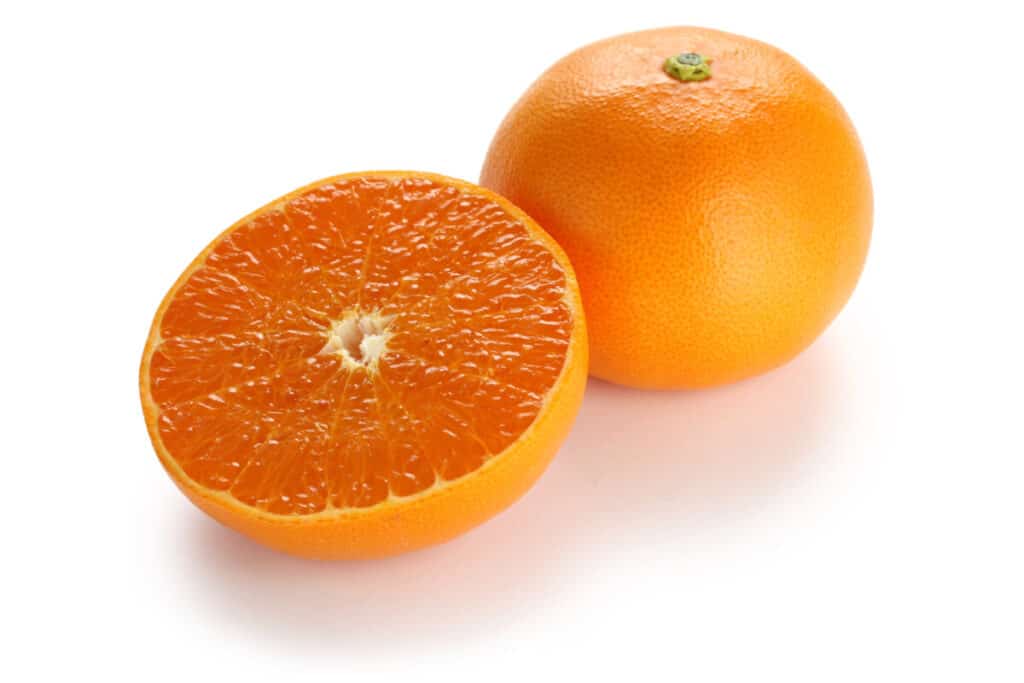
Fuji Apple
The Fuji apple was created in the late 1930s by farmers at the Tohoku Research Center in Fujisaki, Aomori, Japan, and introduced to the Japanese market in 1962. It was created by breeding two American apple types, the Red Delicious and the old Virginia Ralls Janet.
Fujisaki is the name of the district of the township where it was created.
Fuji apples are still the best-selling fruit in Japan. Fuji apples are almost exclusively preferred by Shoppers for their crisp texture and sweetness, and Japan’s apple imports stay low. The Fuji apple is grown in Aomori Prefecture, which is Japan’s most well-known apple-growing region.
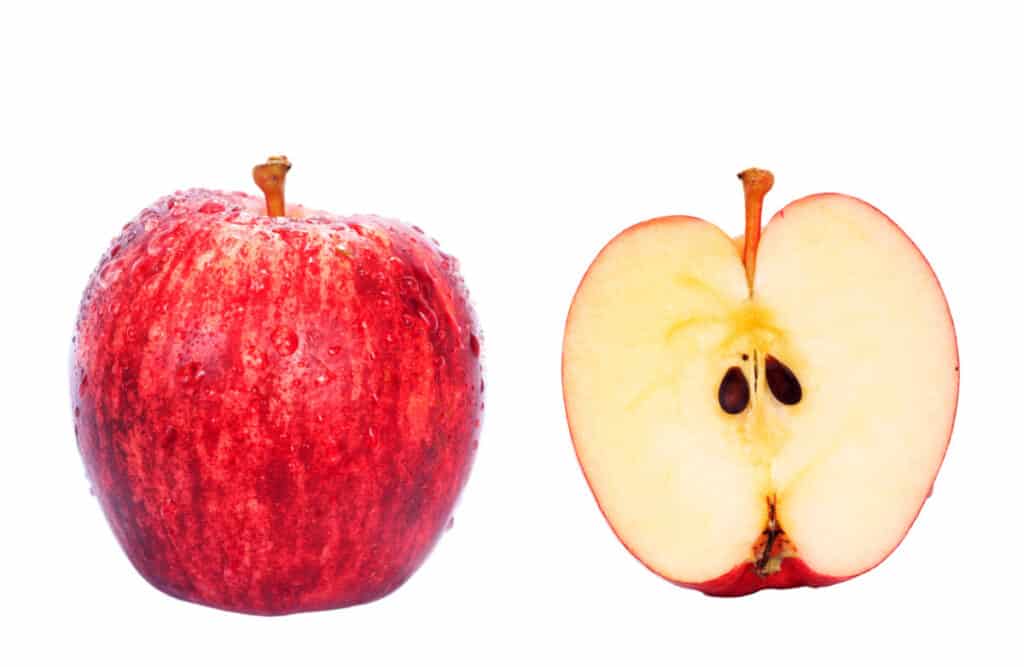
Shikwasa Okinawan Lime
A small, green citrus fruit high in flavonoids known as Okinawa shiikwaasa, also known as Taiwan tangerine, Okinawa lime, flat lemon, hirami lemon, or thin-skinned flat lemon, is a small, green citrus fruit.
It’s quite sour, and it’s commonly used to garnish meals like lemon or lime, but it’s also used to produce jam or a yellow juice that may be diluted or sweetened.
Shiikuwasha, along with other indigenous Japanese citrus, is predominantly grown in southern Japan, in the northern region of the main Okinawa island.
The bitter taste associated with the fruit is due to high amounts of flavonoids. Sugar is frequently added in excess to make Shiikuwasha juice more pleasant and palatable.
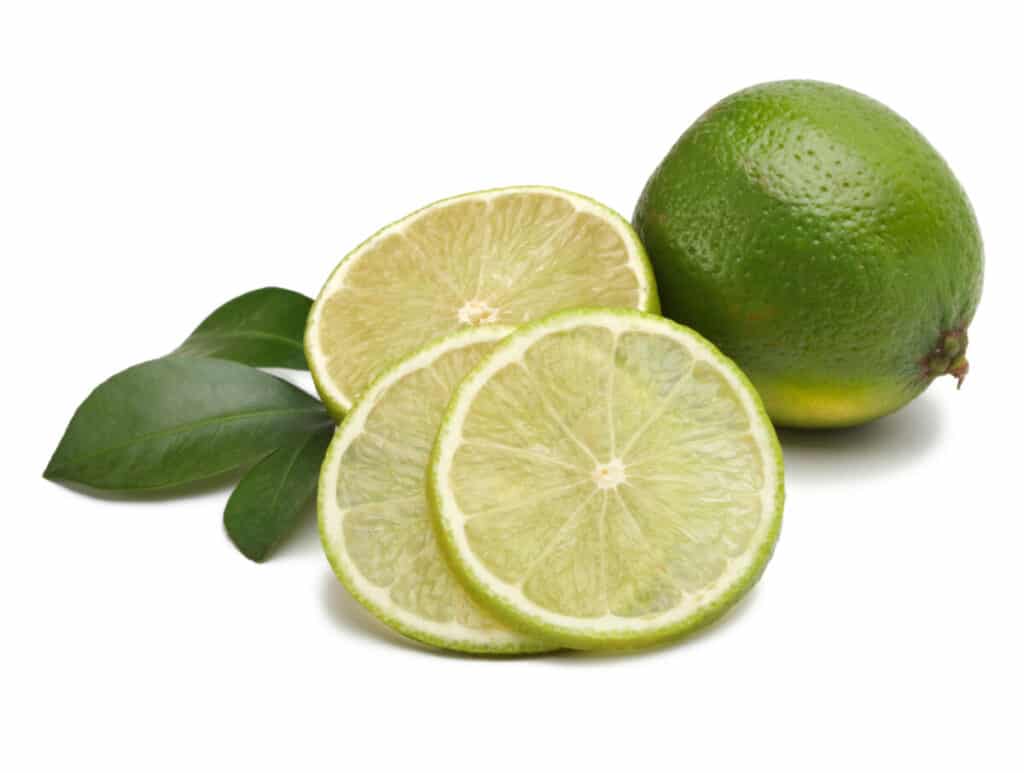
Akebi
Akebi is a different and unique fruit native to northern Japan that has just recently been cultivated and made accessible in shops. The semi-translucent meat inside, which is loaded with numerous white-capped glossy black seeds, is eaten like a fruit, while the purple pod can also be cooked and eaten.
Akeba leaves are used to make a tea beverage in addition to eating the fruit.
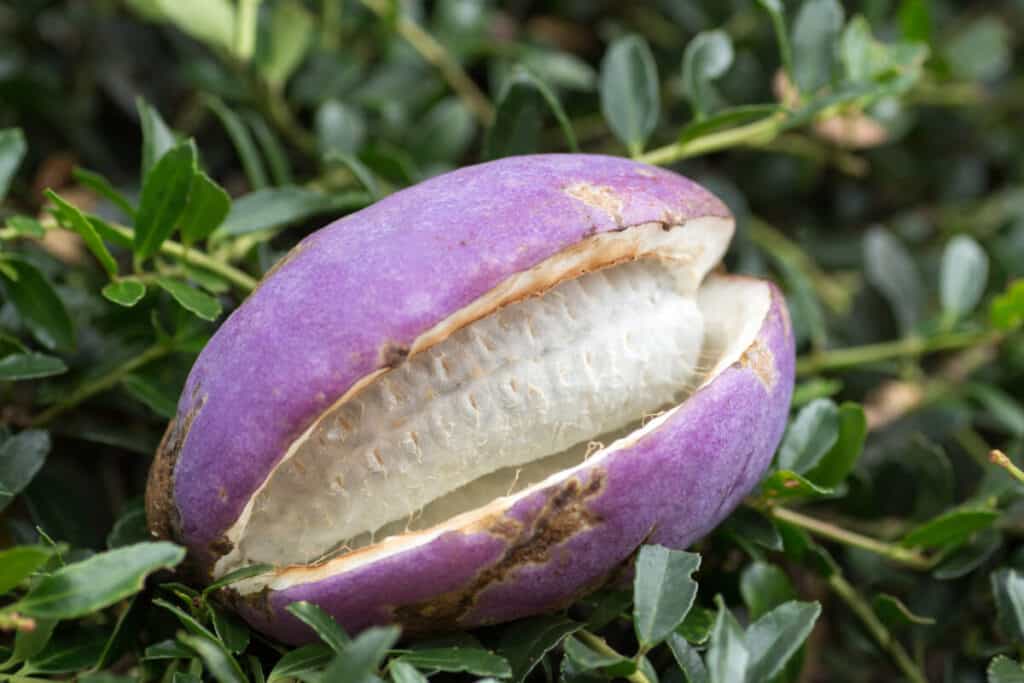
Yuzu (Citrus fruit)
Yuzu fruit has an irregular peel and can be yellow or green depending on the degree of maturity. It looks like a miniature grapefruit. Yuzu fruits are highly fragrant, and the plant grows as an upright shrub or small tree with numerous thorns.
Yuzu is a common component in Japanese cuisine, where the fragrant zest (outer peel) and juice are utilized similarly to how lemons are used in other cuisines. The yuzu has a tangy and aromatic flavor that is similar to grapefruit with mandarin orange undertones.
It’s used to create yuzukomachi (a Japanese liqueur) and wine.
Yuzu peel is used to decorate chawanmushi, a savory, salty egg pudding dish, as well as miso soup. It’s frequently combined with sudachi and kabosu.
Yuzu is used to produce marmalade and cake, among other things. It’s widely utilized in the flavoring of numerous snack foods, including Doritos.
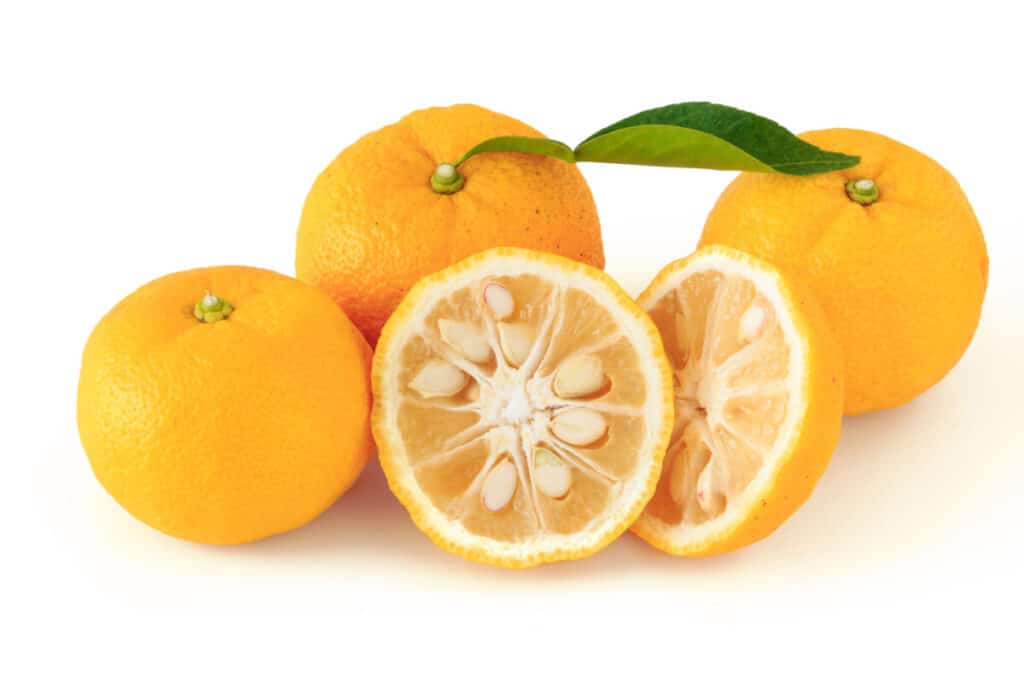
Satonishiki (Japanese Cherry)
Sato Nishiki, Benishuho, and Gassan Nishiki are the most popular cherry types in Japan. The Sato Nishiki cherries are known as the “Kings of Cherries.” They have a ruby-red hue and have a delicious flavor. The Benishuho cherry is a cherry cultivar with low acidity but a lot of sweetness.
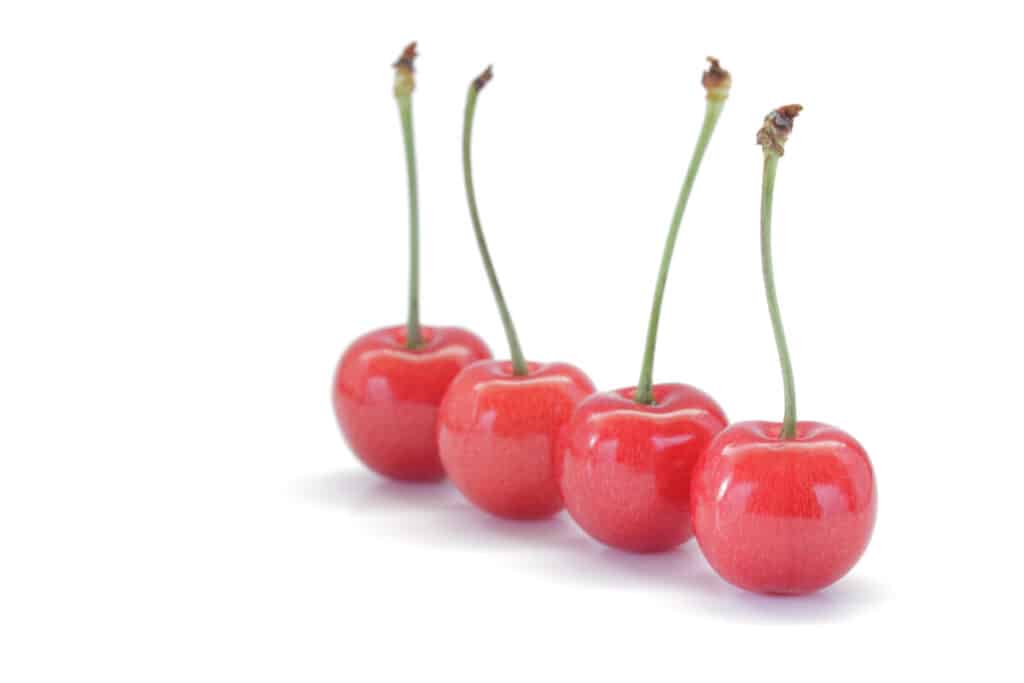
Momo ( Japanese Peach )
Japanese peaches, known as Momo in Japan, are often softer and bigger than peaches cultivated in the west. The Momos are in season throughout the summer, and while most people peel them, they are often eaten whole.
Prices for Japanese peaches within Japan can be very expensive as they are one of the most popular fruits among the Japanese.
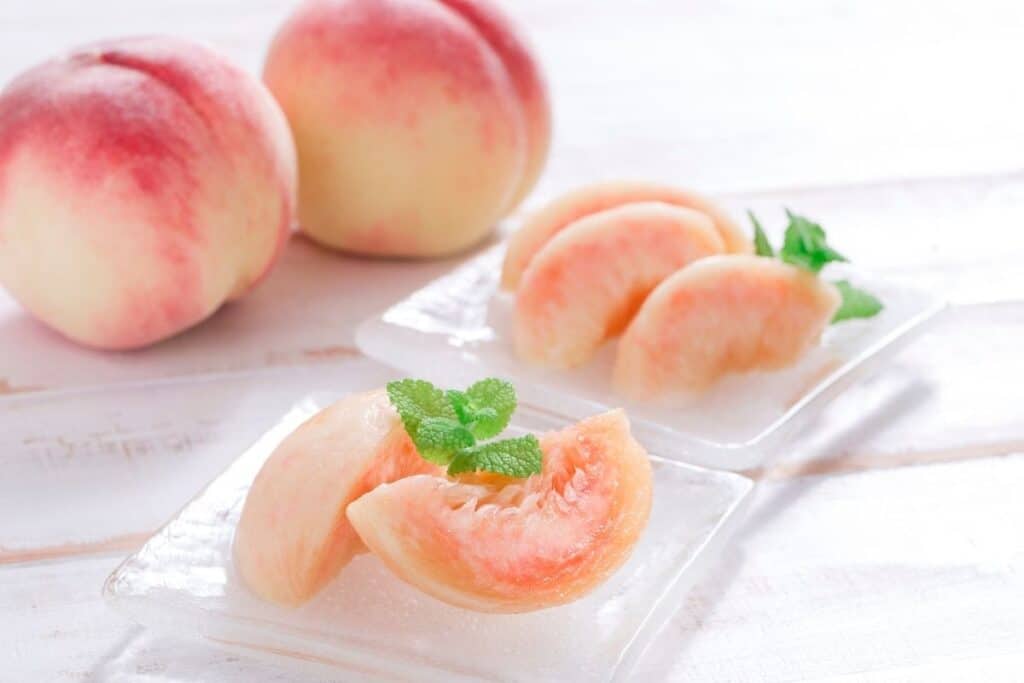
Yubari King melon (Cantaloupe)
Yubari King is a variety of cantaloupe grown in greenhouses in Yubari, Hokkaido, a remote town near Sapporo.
Earl’s Favourite and Burpee’s “Spicy” Cantaloupe were bred to create the Yubari King.
For transportation, six Yubari King melons are packaged in cardboard.
A top-quality Japanese Yubari melon should be perfectly spherical with a super smooth rind. For aesthetic appeal, a piece of the stem is cut with scissors and left on top. Yubari King melons are given as presents by some Japanese individuals. These melons may fetch astronomical prices in Tokyo.
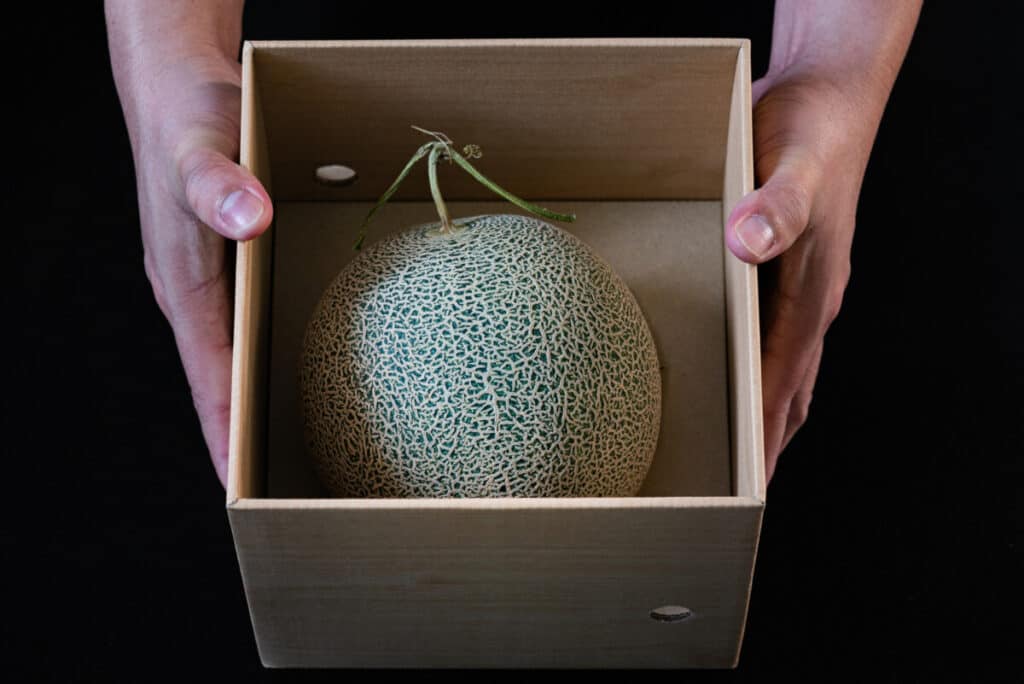
Ume (Japanese Plum)
Pickled and dried plums are known as umeboshi. They are a specialty of Japan. They’re pickled with coarse salt and have a salty and sour taste. When purple shiso leaves are used, they typically become crimson.
Umeboshi is made from plums that are collected in late May or early June when they are ripe enough in hue and coated with a lot of salt. They are then dried for many days in the sun on bamboo mats. Umeboshi are commonly served with rice in bento (boxed lunches), but they can also be included in makizushi (rolled sushi).
Umeboshi is also a popular filling for rice balls wrapped in seaweed (onigiri). Plum makizushi can be prepared using either umeboshi or bainiku (umeboshi paste), and is frequently served with green shiso leaves.
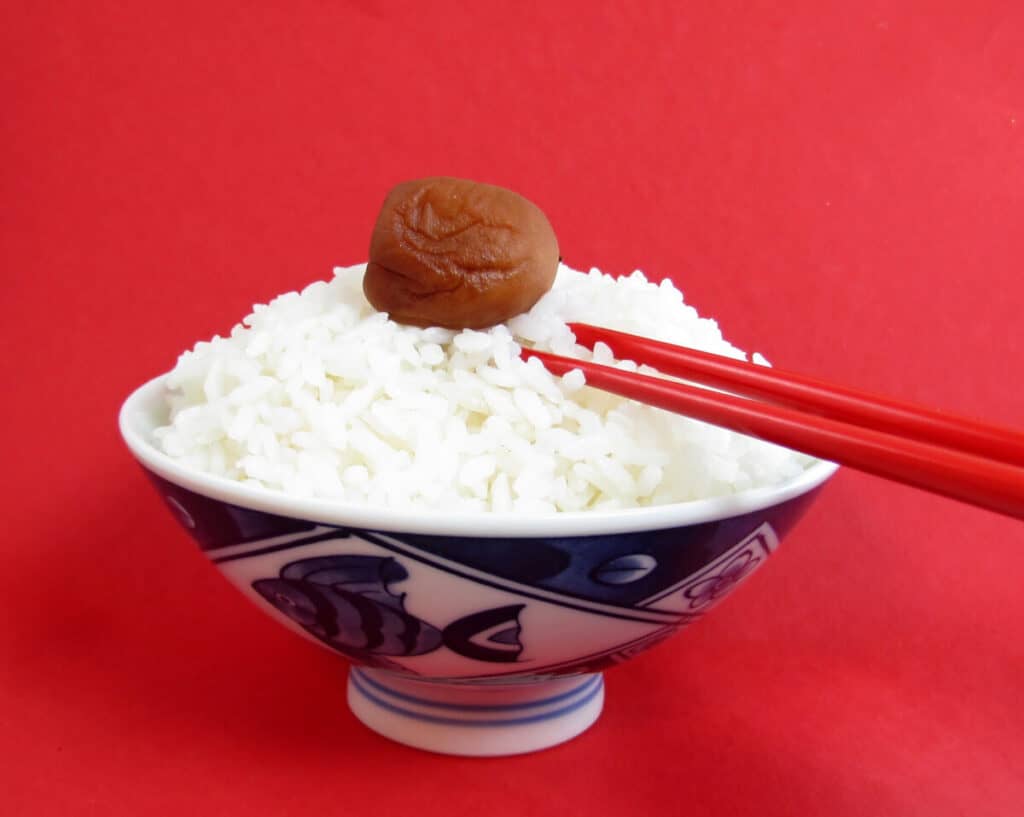
Kaki (Japanese Persimmon)
The Japanese persimmon is a sweet, somewhat acidic fruit with a delicate to the gritty texture that is nutritious. This plant is deciduous and has wide, stiff leaves. It is native to China. It was initially cultivated about 2000 years ago in China, and it was brought to Japan in the 7th century.
The fruit is thick pulpy jelly enclosed in a waxy thin layer when fully mature. The smooth, glossy, thin shell is yellow to red-orange in color. The fruits, which can hold up to eight seeds and have an astringent flavor. The fruit softens as it matures, similar to how a kiwifruit does.
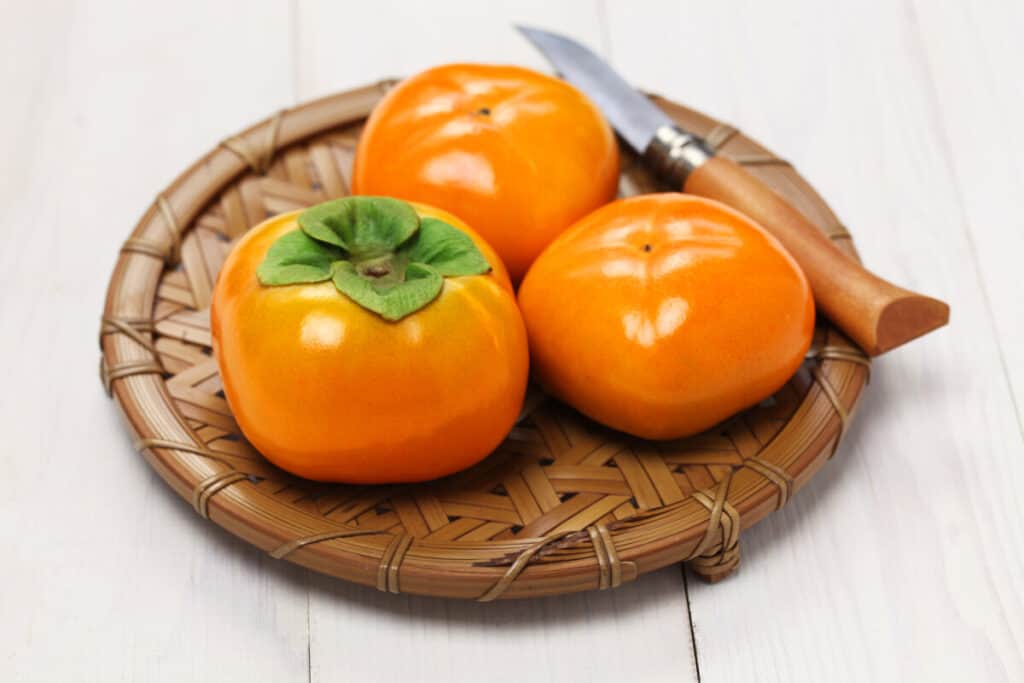
Nashi (Japanese Pear)
Pears in Japan are typically presented to visitors, given as gifts, or eaten in a family environment because to their relatively expensive price and big size of the fruit of varieties.
Ground pears are used as a sweetener in vinegar or soy sauce-based sauces instead of sugar. Due to the presence of enzymes to tenderize the proteins in the flesh, they are often utilized for marinating meat, particularly beef.
Fruit is harvested in Chiba, Ibaraki, Tottori, Fukushima, Tochigi, Nagano, Niigata, Saitama, and other prefectures around Japan, with the exception of Okinawa. The blooms of this tree are an official city flower in one city (Kamagaya-Shi, Chiba Prefecture).
